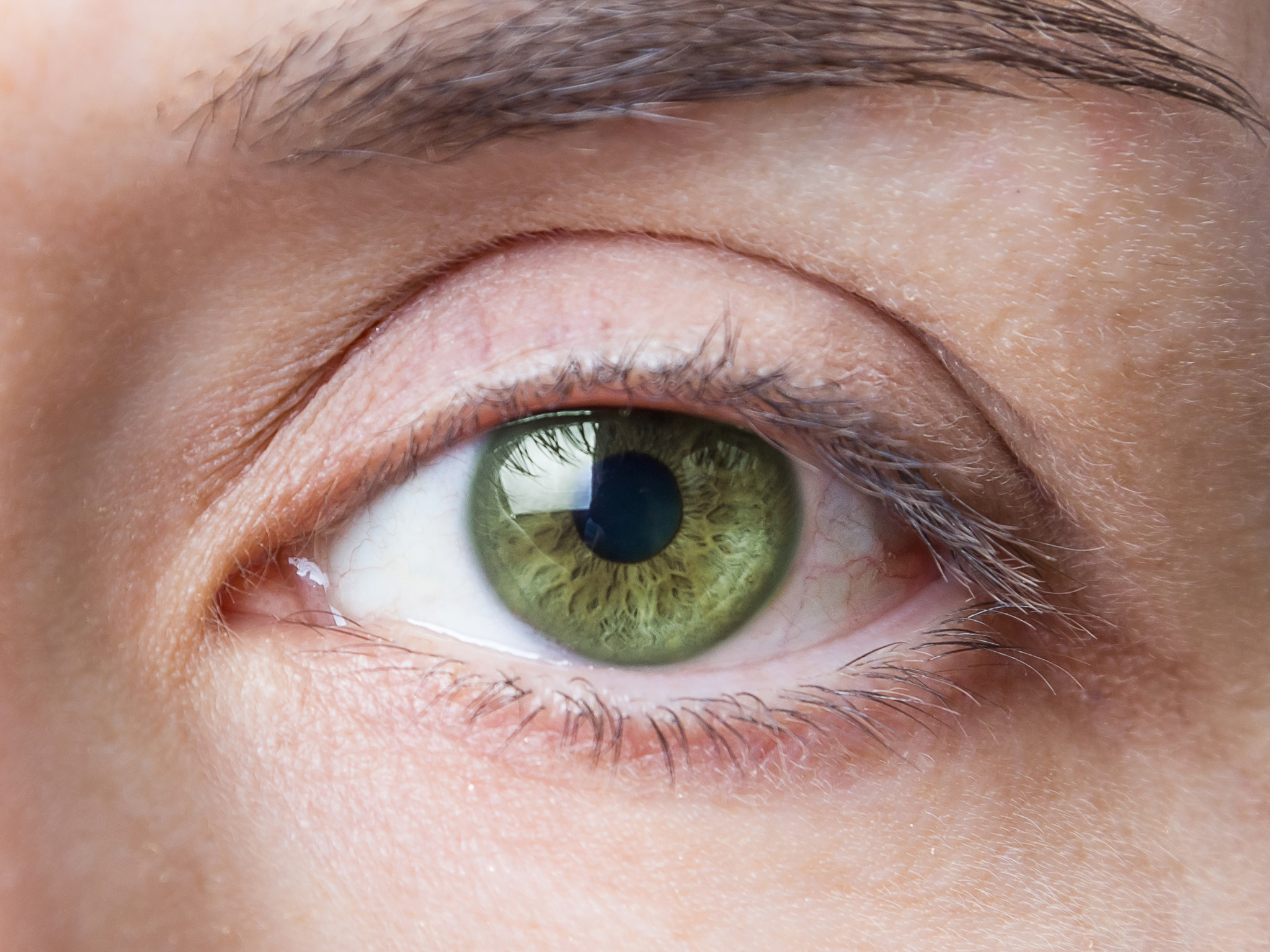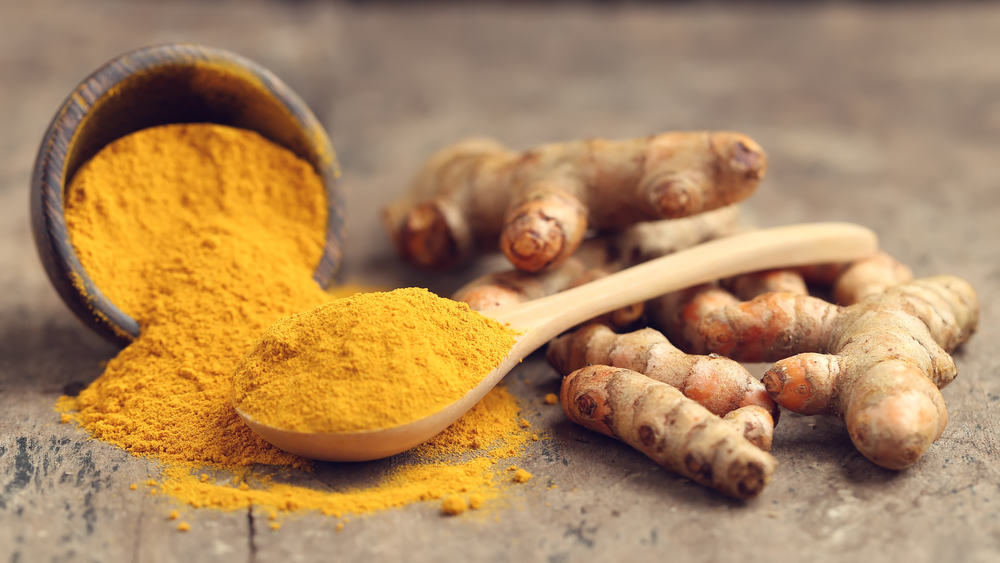Contents:
- Medical Video: The 3 Best Sugar Substitutes (diabetic friendly)
- The similarity of palm sugar and white sugar
- Difference between palm sugar and white sugar
- 1. Basic material
- 2. Making process
- 3. Simple sugar content
- Glycemic index of palm sugar
- Vitamin and mineral content
- Can diabetics consume palm sugar?
Medical Video: The 3 Best Sugar Substitutes (diabetic friendly)
Currently there are various kinds of food and beverage sweeteners available on the market. Starting from the most common ones such as white sugar, brown sugar, saccharin, palm sugar, to corn sugar. Even each type of sweetener is provided in different forms. For example, sugar cubes, sugar, refined sugar, and syrup. Because of the many choices available, many people are often mistaken which ones are healthier and which are more dangerous. For you or your loved ones who suffer from diabetes, surely you should not mistakenly choose the safest sweetener. Because, each type of sugar has different contents as well.
One of the sugars that is not less popular with white sugar is palm sugar. Palm sugar is one type of brown sugar. Many people believe that palm sugar is far healthier and safer for diabetics compared to white sugar. No wonder if now you can easily find palm sugar products anywhere, even when you buy a cup of coffee in a cafe. To prove whether the sugar that is on the rise is truly safer than white sugar, first consider the following explanation.
READ ALSO: Not Only Diabetes, Sugar Is Also Dangerous For Hypertension
The similarity of palm sugar and white sugar
Both types of sugar have almost the same texture. You can find palm sugar and white sugar in the form of crystals or sand, liquid, and frozen. The carbohydrate and calorie content of these two types of sugar are the same. In each teaspoon, palm sugar and white sugar contain 16 calories in about 4 grams of carbohydrates.
Difference between palm sugar and white sugar
In plain view, these two sugars are quite easy to distinguish. The color of palm sugar is brownish red, like dark orange. Meanwhile, white sugar is usually white or yellowish white. Furthermore, here are the differences between the two sugars.
1. Basic material
Palm sugar is made from sap (liquid that comes out from the stem of the plant or flower sap), the palm tree which is also often called palm. The term sugar in English is palm sugar. Don't be confused with coconut sugar (coconut palm sugar or coconut sugar) made from coconut tree sap. Although similar and often thought to be the same, both types of brown sugar have different contents and properties. Meanwhile, white sugar is made from sugar cane juice.
2. Making process
In the process of processing, these two sugars also have basic differences. After being frozen into a crystal, white sugar will then go through a refining process (refinery) This process involves washing, bleaching, and re-crystallizing raw white sugar. The end result is sugar which is currently on the market. In this complicated process, white sugar will lose its various original nutrients. Unlike white sugar, palm sugar does not go through a purification process. Sugar extracted from palm sugar will only be heated until it is free of germs and bacteria, but will not be dyed or crystallized repeatedly.
3. Simple sugar content
Diabetics need to pay close attention to the sugar content contained in each sweetener product. For palm sugar, the sucrose content is 70-79%. Included are glucose and fructose content of approximately 35% each. This figure is somewhat lower than white sugar containing sucrose by 99.9-100%. Included are 50% glucose and 50% fructose.
Glycemic index of palm sugar
The glycemic index is a scale to measure how quickly carbohydrates consumed increase glucose in your blood. Foods with a high glycemic index will have a greater impact on your blood sugar. The scale range used to measure the glycemic index is 1-100. Foods whose index is equal to or below 55 are considered not to affect blood sugar and insulin production in the body. Index 56 or more indicates moderate influence. Meanwhile, an index above 70 must be considered because it can make glucose in your blood increase significantly.
Palm sugar offers a glycemic index of 35. This number is almost twice lower than white sugar whose glycemic index is about 60-65. This is what causes many diabetics to start leaving white sugar and switch to palm sugar. However, be careful because some palm sugar producers still mix white sugar in the processing so that the glycemic index of each product varies.
READ ALSO: Why is the Glycemic Index Food Important for People with Diabetes
Vitamin and mineral content
Because not through the refining process, sugar from palm trees is rich in vitamins. In addition, sugar palm trees also offer more natural minerals than sugar cane. If white sugar from sugar cane does not contain any vitamins and minerals, palm sugar offers vitamin B, calcium, iron, magnesium, potassium, and sodium.
Can diabetics consume palm sugar?
Although sugar from sugar palm trees is relatively safer than white sugar, you should still have diabetes to limit this sugar intake in a day. Samakan consumed palm sugar like normal white sugar. Consult with your doctor the limit of sugar consumption that is safe for you. Also remember that sugar content is not only found in sweeteners such as sugar, but also through rice, bread, or other food ingredients.
READ ALSO: Special Diabetes Sugar: Can It Really Reduce Blood Sugar?












